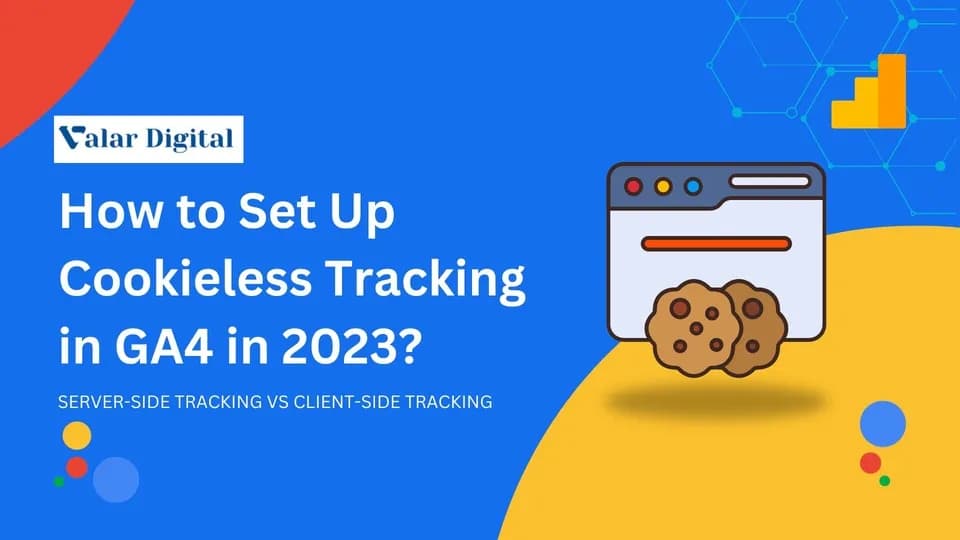
Why Most Shopify A/B Tests Fail and What to Do Instead
Ever launched an A/B test and waited weeks for insight, only to end up with flat results, conflicting signals, or worse, a decision that didn’t actually move the needle? It’s a familiar story across e-commerce teams trying to optimize performance with data-backed rigor.
In this article, we unpack the hidden reasons most A/B tests on Shopify underperform or mislead. From sample size traps to poor segmentation and the subtle UX changes that sabotage outcomes, we’ll explore what’s really going wrong, and how to redesign your testing approach so it leads to clarity, not confusion. Whether you’re scaling fast or running lean, these insights will help you make smarter, faster, and more confident decisions.
Why Most A/B Tests Fall Flat
A/B testing promises clarity, but without a solid foundation, it often delivers noise. The root issue isn’t the tool — it’s how the test is structured. Too many brands rush into experiments without the right volume, context, or hypothesis. And when tests fail, they don’t fail quietly — they create false confidence.
One of the biggest pitfalls is testing with too little traffic. A test that reaches 200 visitors per variant might feel statistically “significant,” but often, that’s just random noise. Another is not segmenting your audience. A win with cold traffic might underperform with loyal customers — and if you mix the two, you’ll never know the difference.
There’s also the issue of testing irrelevant variables. Swapping button colors when your add-to-cart logic is broken won’t move the needle. That’s not optimization — it’s distraction.
Focus on What Actually Moves the Needle
High-impact A/B tests aren’t about clever tricks — they’re about removing friction, creating clarity, and building trust. The most valuable tests we run at Valar Digital usually fall into one of a few core areas:
- Product page structure: especially image placement, benefit copy, and how early users see price vs. value.
- Checkout trust: like adding payment method logos, “100% Money Back” copy, or verified reviews near the CTA.
- Upsell timing and positioning: particularly post-purchase one-click offers.
Offer framing: reframing bundles or repositioning pricing logic without changing the actual price.
Notably, we’ve found that even simple UX improvements — like clarifying delivery info or simplifying variant selection — often outperform more “creative” ideas.

What a Good Test Looks Like
Not every test has to win — but every test should teach. That means starting with a real question, not just a guess.
Say you’re seeing a high drop-off from cart to checkout. A vague test might swap out button text or offer free shipping. A better approach is to ask: “Are users unclear about delivery expectations before they click ‘Checkout’?” That leads to testing changes like surfacing shipping times above the fold or adding trust language near the CTA.
The best tests isolate one variable. If you change button copy and layout and shipping info at once, a lift doesn’t teach you much. Keep things simple.

It’s also crucial to define what success looks like. Is the goal more conversions, fewer cart abandons, or higher AOV? Be honest about what matters most and don’t retro-fit the result afterward.
How We Run A/B Tests at Valar Digital
We’ve tested across dozens of Shopify stores — from high-traffic Plus brands to early-stage founders. Here’s how we keep things both fast and reliable:
We avoid testing during major promotions or marketing pushes unless those conditions are part of the hypothesis. We use tools like Google Optimize or Convert, but even simpler setups — like split landing pages via custom URLs — can work.
Hypotheses are shared in one line: “We believe showing a delivery promise above the fold will increase checkouts by reducing uncertainty.”
If it doesn’t fit in a sentence, it’s not clear enough to test.
We also segment based on behavior: new vs. returning users, mobile vs. desktop, cold vs. warm traffic. It doesn’t take long — but it often changes what we learn.
When Tests Don’t Give You a Clear Answer
No result doesn’t mean failure. It often means you’re early in the learning curve.
First, double-check that your traffic was sufficient. Small sample sizes lead to misleading conclusions. Then, re-examine the audience — was your segmentation too broad? Was your offer too weak to create noticeable impact?
This is also where qualitative data becomes critical. Use heatmaps, session recordings, or even a lightweight exit survey to add context to what your A/B test didn’t show. Often, the next best idea is sitting just beneath the data — it just needs a different lens.
Final Thoughts
A/B testing isn’t about being clever — it’s about being clear. Clarity in your hypothesis, clarity in your measurement, and clarity in what you do next.
When done right, A/B testing isn’t just about higher conversion rates — it becomes a way of thinking. A disciplined habit of asking better questions and making better decisions.
In the world of Shopify, where growth is often a game of inches, the brands that test well don’t just win — they learn faster. And that makes all the difference.
